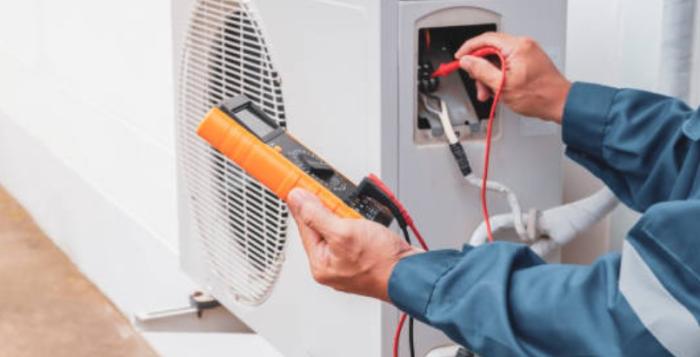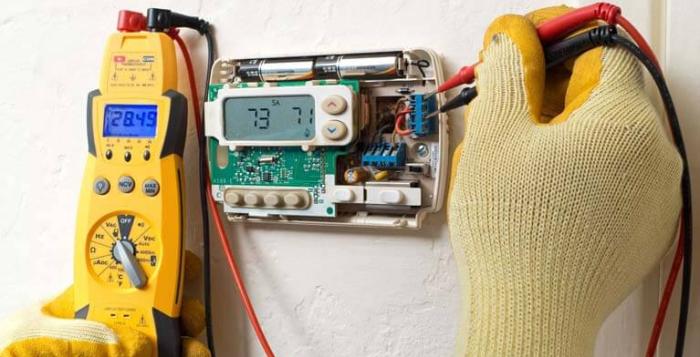1. Definition of Electric Machine

– An electric machine is an electromagnetic device whose working principle is based on the phenomenon of electromagnetic induction, composed of an electromagnetic circuit and has the function of converting mechanical energy into electrical energy or vice versa or changing electrical parameters. such as voltage, current, frequency, and phase angle changes.
2. Classification of Electrical Machines

Classification based on relative motion between machine parts:
• Static electric machine: A type of electric machine in which there is no relative motion between the parts of the machine. ( transformers ). Classified according to the current attached to the machine, there are two types:
• Rotating electric machine: A type of electric machine whose structure has rotating moving parts (generator, electric motor).
Classified according to the current attached to the machine, there are two types:
• DC machine: It is a type of electrical machine in which the electric current attached to it is direct current.
• Alternating electric machine: Is a type of electric machine in which the current attached to it is alternating current (there are two types: 3-phase electric machine and 1-phase electric machine).
Classified according to the relationship between the rotation speed of the rotor and the rotation speed of the rotating magnetic field. (synchronous and asynchronous electrical machines)
• Synchronous electric machine: A type of electric machine whose rotor speed is equal to the rotation speed of the rotating magnetic field.
• Asynchronous electric machine: A type of electric machine in which the speed of the rotor is different from the speed of the rotating magnetic field.
Classified according to the use of the machine: generator, motor, transformer, speed generator…
4. Classification of electrical machines
Transformers

Some types of transformers
1. Electricity transformer: used to transmit and distribute electricity.
2. Small capacity transformer: used for switchgear and household electronic devices.
3. Autotransformer: small capacity, used in homes, capable of adjusting secondary voltage to suit electrical appliances when primary voltage changes.
4. Special transformers: welding transformers, rectifier transformers…DC MACHINERY
AC ELECTRIC MACHINE
1. Asynchronous electric machines:

ALTERNATING SYNCHRONOUS ELECTRIC MACHINE

Some practical applications
A synchronous motor is an AC motor, operating at a constant speed determined by the frequency of the system.
This type of motor requires direct current (DC) for excitation and has low starting torque, so synchronous motors are suitable for starting equipment at low loads such as air compressors, frequency converters, etc. shift number or generator.
Synchronous motors can improve system power factor, which is why they are often used with power-intensive systems.
COMMON DAMAGES OF ELECTRICAL MACHINERY
Alternating machine:
Insulation failure between phases and between phases and machine case.
Worn and broken carbon brushes with synchronous electric machines with carbon brushes.
Broken exciter from synchronous machine.
Shaft stuck due to rust or damaged bearings









